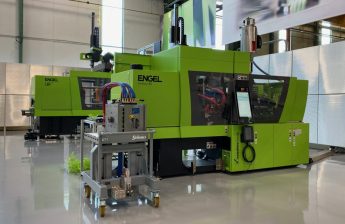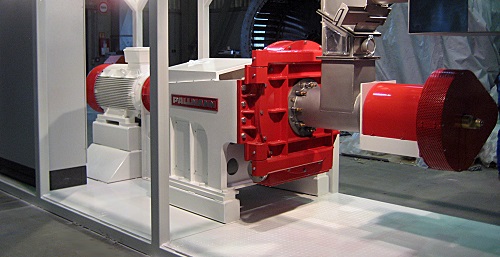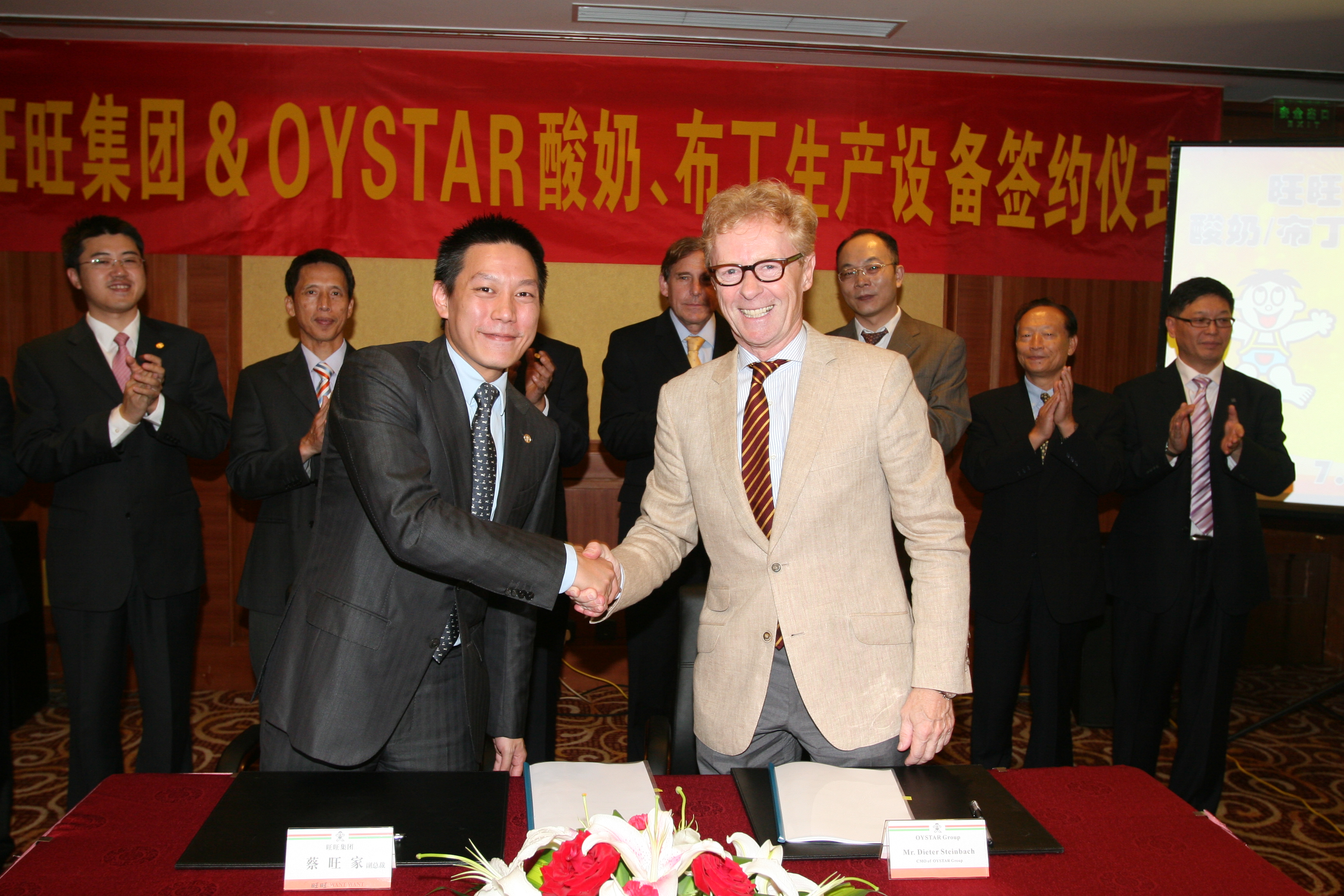
Rhodia, Solvay Group company, will expand by 20% the production of polyamide filaments 6.6 for textile and industrial applications. The increase in production, which is expected to occur in phases until the end of 2013, includes the use of machinery and latest equipment installed at the plant of the company Tork (formerly Ledervin) in Osasco (SP), according to an agreement signed between the two companies.
The increase in production is a response to the needs of the Brazilian market for polyamide filaments 6.6, especially in textile yarn and textured yarn high tenacity industriaisde. These products are employed in sectors where significant growth is projected for the coming years.For example, high-tenacity industrial yarns used in the manufacture of fabrics, airbags, a safety feature that will be mandatory in new vehicles produced in Brazil from 2014, of yarns for tires, conveyor belts and industrial sewing threads for shoes and upholstery, among others in which the main requirement is resilience offered by polyamide 6.6.
Already the textured yarn Rhodia are used in making clothes for the segments of fashion / fashion, lingerie and underwear, sports, socks and uniforms, who value innovation, technology, quality and distinctive design. “Our intention with this project is to contribute to the growth of the domestic industry in the area of polyamide 6.6, which is currently facing a business environment extremely competitive,” said Francisco informs Ferraroli, president of Rhodia Fiber, global business unit of the Solvay group targeting from Brazil.
According Ferraroli, the company has invested continuously in expanding markets filament polyamide 6.6. “Recently, at the end of 2011, we completed another investment of approximately $ 10 million increase in yarn production smart, microfibers and supermicrofibras for different textile segments we serve,” he said.
Source: http://blogdoplastico.wordpress.com/









